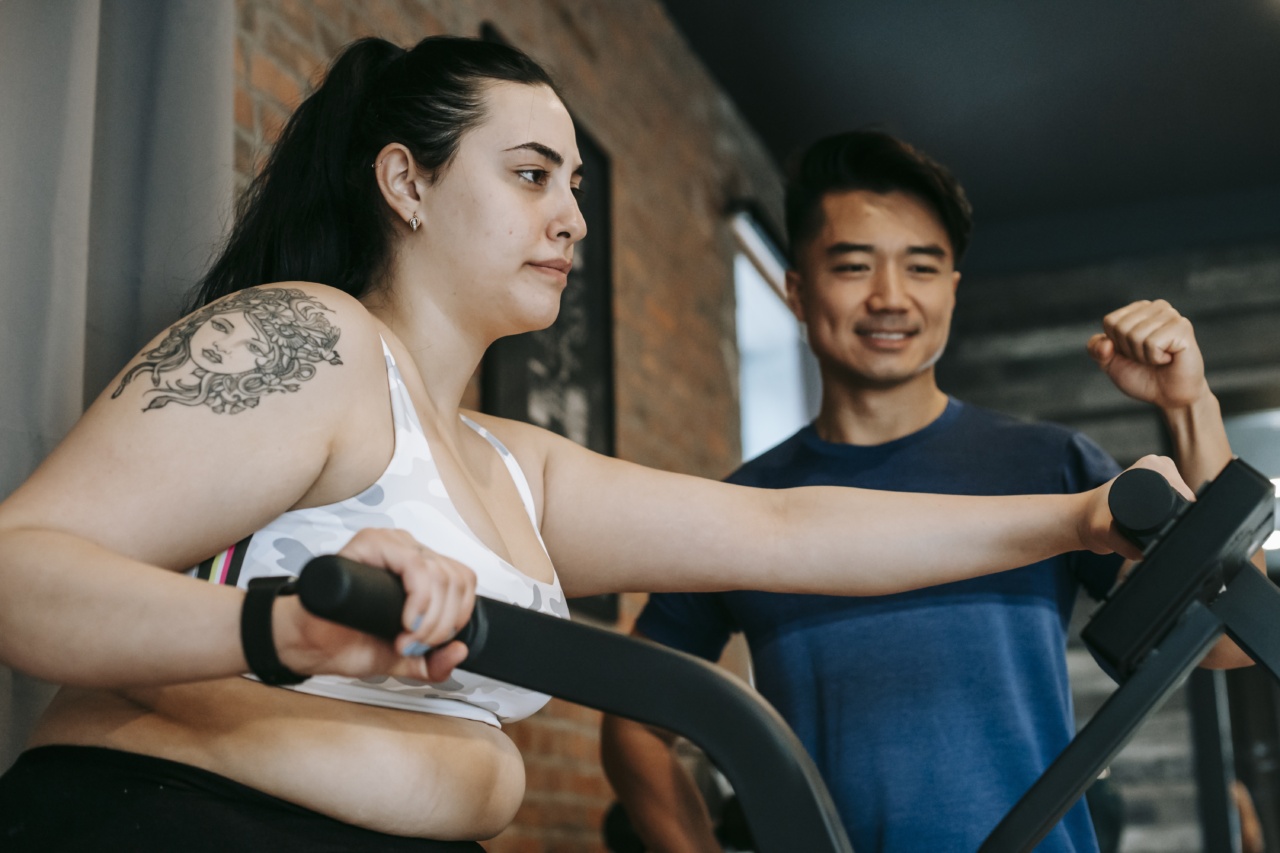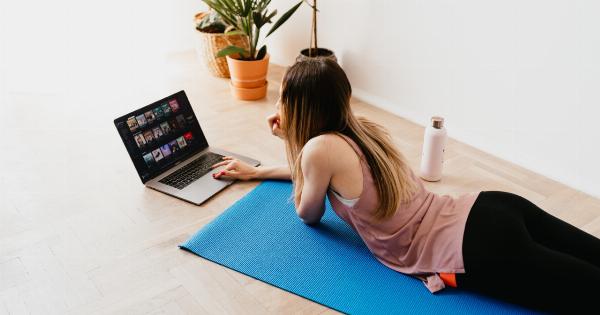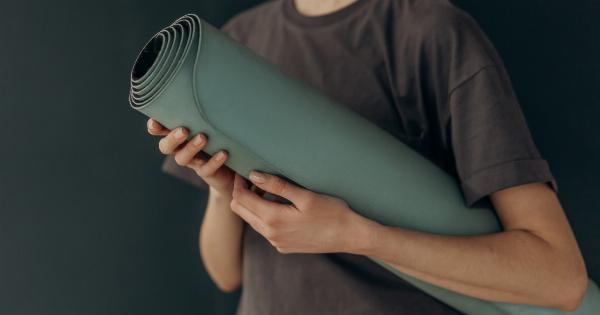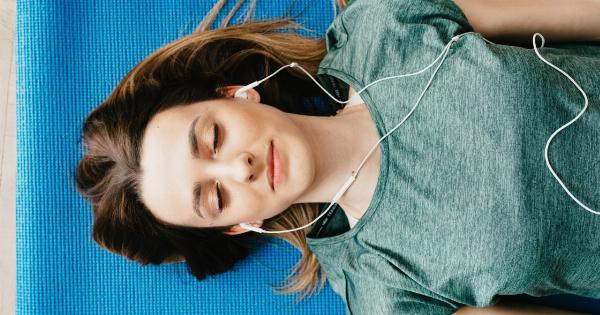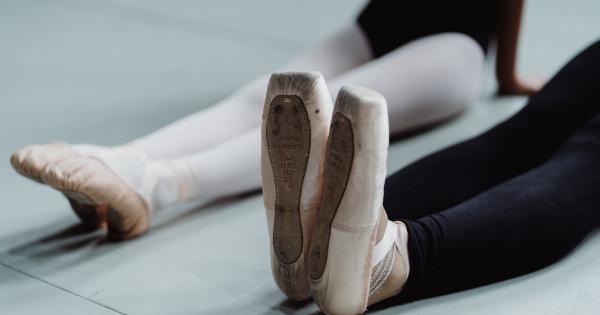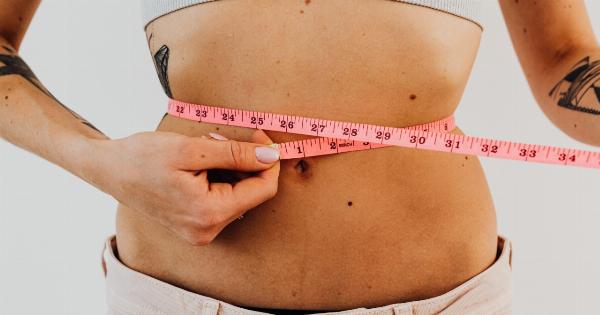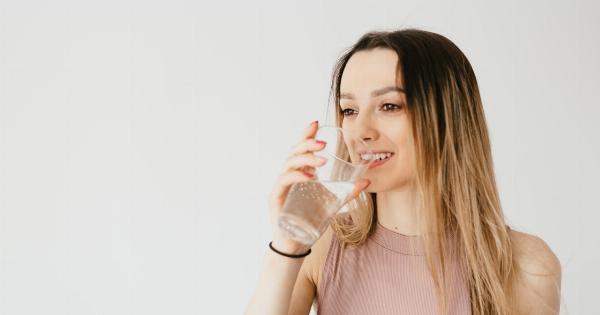Pilates is a form of exercise that focuses on core strength, flexibility, and overall body conditioning. It was developed in the early 20th century by Joseph Pilates, and has since gained popularity for its numerous health benefits.
Whether you are a beginner or an advanced fitness enthusiast, Pilates can help you achieve your goals of building strength, improving flexibility, and losing fat.
What is Pilates?
Pilates is a low-impact exercise method that targets the deep muscles of the abdomen and back to build core strength. It emphasizes proper postural alignment, controlled movements, and correct breathing patterns.
Pilates exercises can be done on a mat or using specialized equipment such as the reformer, which consists of a sliding carriage, springs, and straps.
Benefits of Pilates
Pilates offers numerous benefits that can help improve your physical and mental well-being. Here are some of the key advantages:.
1. Increased Strength
Pilates is known for its ability to build core strength. By targeting the deep muscles of the abdomen and back, such as the transversus abdominis and the multifidus, Pilates helps develop a strong and stable core.
In addition to core strength, Pilates exercises also work other muscle groups, including the arms, legs, and glutes, resulting in overall increased strength and muscle tone.
2. Improved Flexibility
Flexibility is another key component of Pilates. The controlled movements and stretches used in Pilates help improve flexibility and joint mobility.
Over time, regular practice of Pilates can lead to greater range of motion in the joints, increased flexibility in the muscles, and improved posture.
3. Fat Loss
Pilates may not be the most intense form of exercise when it comes to calorie burn, but it can still contribute to fat loss when combined with a healthy diet and other forms of cardiovascular exercise.
Pilates exercises engage multiple muscle groups at once, which helps increase overall calorie expenditure. Additionally, Pilates can help build lean muscle mass, which has been shown to increase metabolism and promote fat burning even at rest.
4. Improved Posture
Poor posture is a common issue that can lead to musculoskeletal pain and decreased mobility. Pilates focuses on proper alignment and engages the muscles responsible for maintaining good posture.
Regular practice of Pilates can help correct imbalances, strengthen weak muscles, and improve overall postural alignment.
5. Enhanced Body Awareness
Pilates promotes a mind-body connection, which helps enhance body awareness. Throughout a Pilates session, you will be prompted to focus on your breathing, posture, and movement patterns.
This increased awareness can carry over into other aspects of your life, such as improved alignment during everyday activities and better body mechanics during exercise.
Getting Started with Pilates
If you are interested in trying Pilates, there are several options available.
You can join a Pilates class at a local gym or fitness studio, hire a certified Pilates instructor for one-on-one sessions, or even practice Pilates at home using online resources or instructional DVDs. Regardless of the method you choose, it is important to start slowly and gradually increase the intensity and duration of your workouts.
Conclusion
Pilates is a versatile exercise method that can help you improve strength, flexibility, and lose fat. With its focus on core strength, controlled movements, and proper breathing, Pilates offers numerous benefits for individuals of all fitness levels.
Whether you are a beginner or an advanced practitioner, Pilates can be tailored to meet your specific needs and goals. So why not give it a try and experience the transformative power of Pilates for yourself?.
